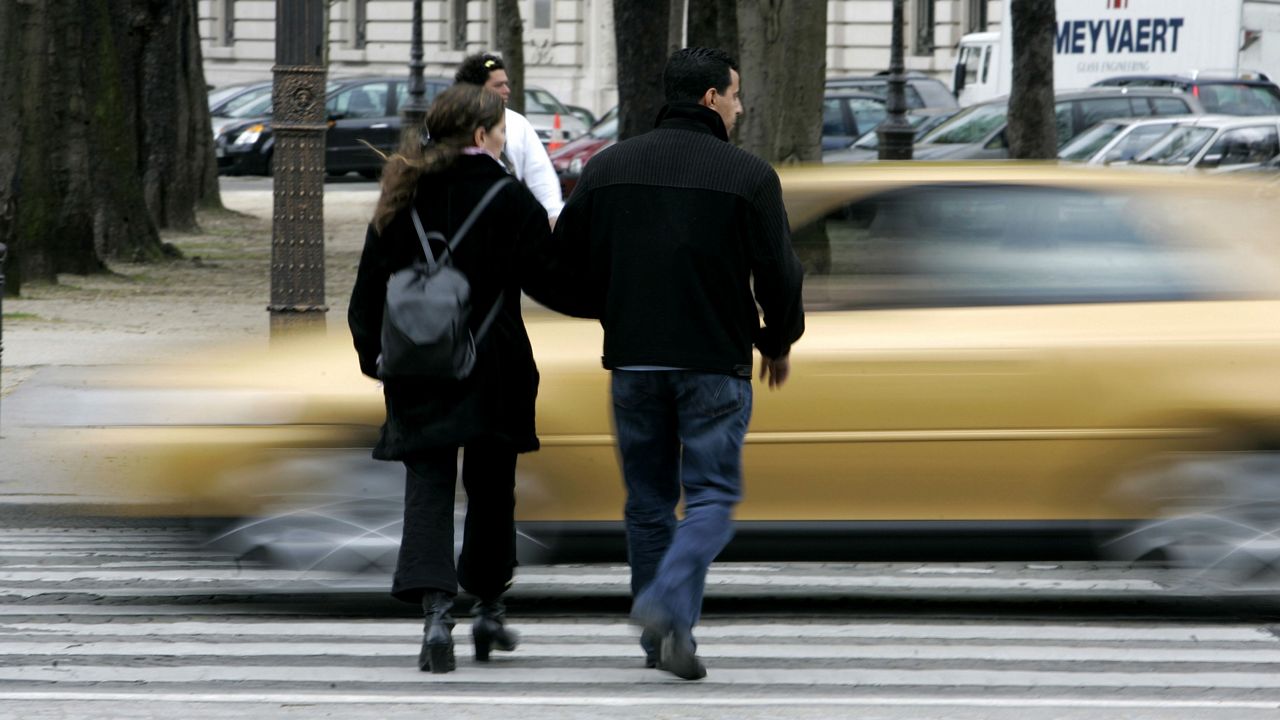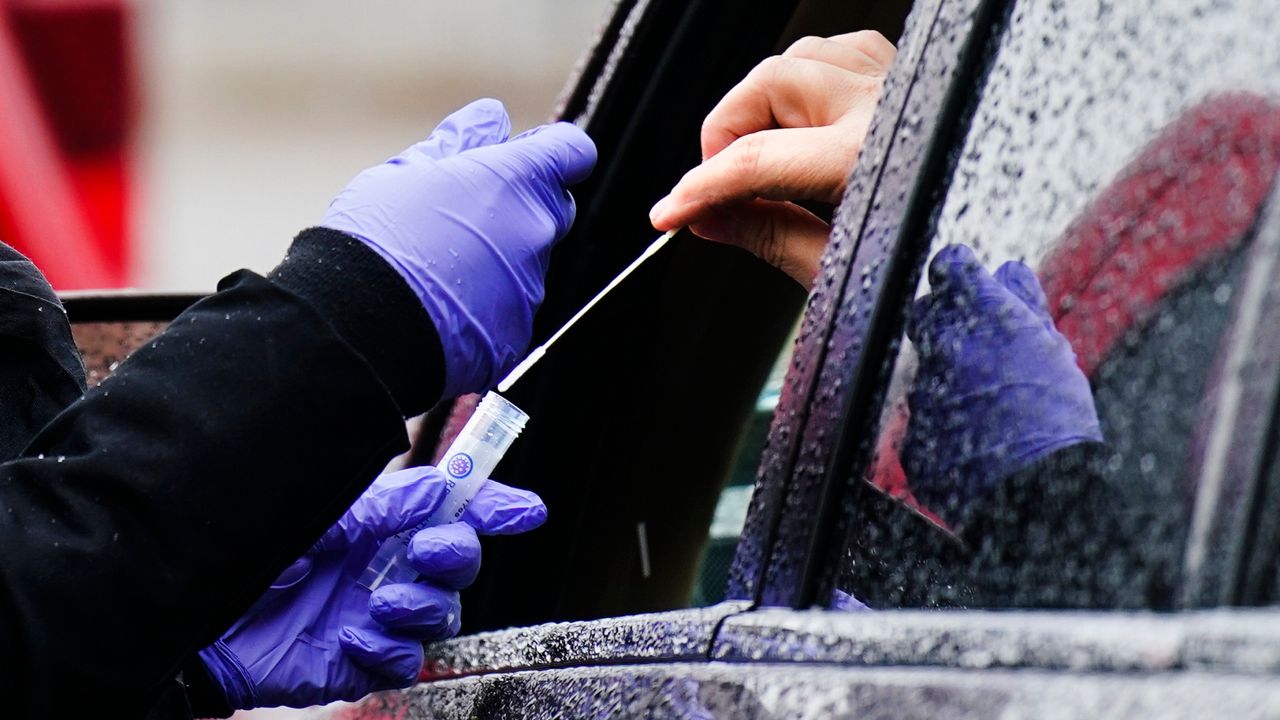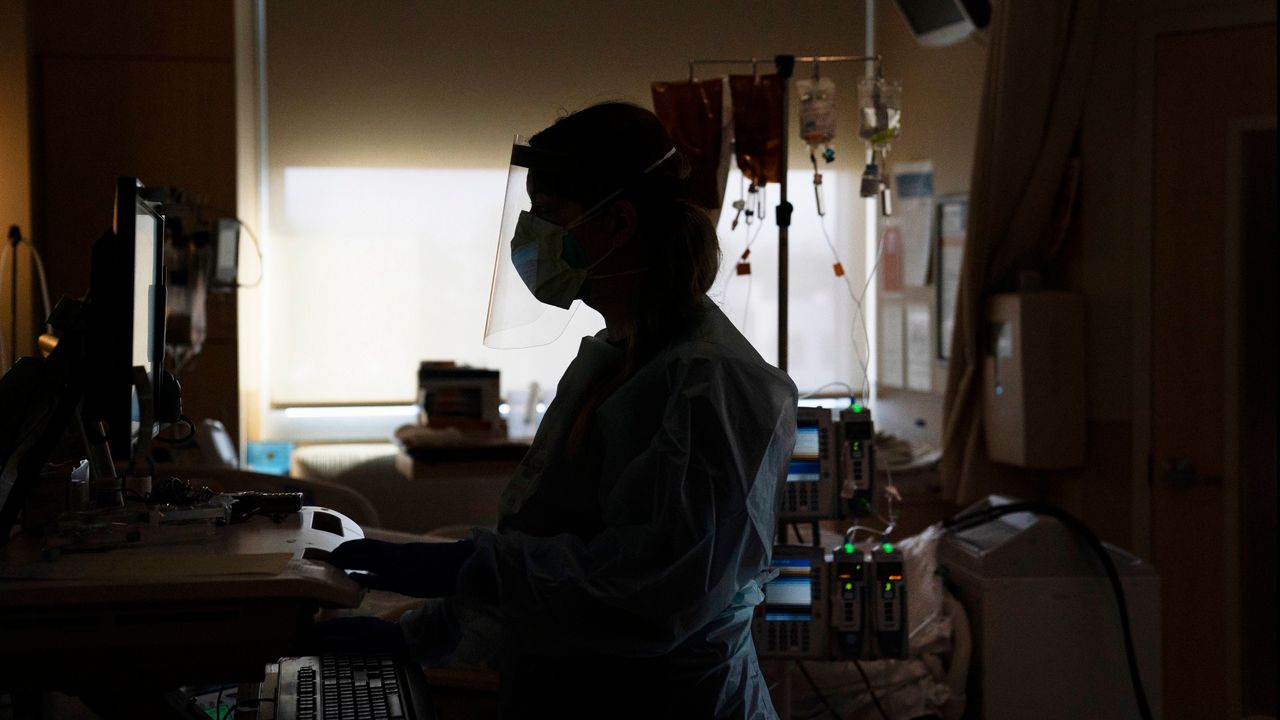MILWAUKEE (SPECTRUM NEWS) — As pandemic restrictions have brought a lot of activity to a halt, roadways have been emptier than usual in 2020. But that drop in traffic hasn’t translated into safer streets: In fact, the state has seen a tragic uptick in fatal car crashes this year, according to a new report from the Wisconsin Policy Forum.
The researchers took a look at traffic patterns starting March 14 — right after Gov. Evers ordered schools to close and President Donald Trump declared the pandemic a national emergency — up until July 31, and compared the numbers to the same period last year.
What they found was that, even as overall traffic levels decreased, the number of Wisconsinites who died in car crashes increased by around 20%. There were 246 crash fatalities reported during that time frame this year, compared to 205 last year.
“That really surprised us,” says Mark Sommerhauser, the lead researcher on the report. “It was, in our view, a really striking contrast with the fact that people were driving less during this period.”
The latest report followed up on an earlier study from Forum researchers, which found that traffic levels dropped by more than 40% after March 13, according to Department of Transportation data. Sommerhauser says his team was interested in how these changing traffic patterns would affect safety on the roads.
Though Wisconsin saw fewer total crashes during the study period this year — around a 26% drop — those that did occur were deadlier.
Sommerhauser says the researchers saw “really concerning numbers” of reckless driving behaviors: Fatalities in crashes involving drugs, alcohol, or speeding were all up around 50% in 2020 from the year before. Deaths in crashes where the driver wasn’t wearing a seatbelt also rose around 25%.
As streets emptied out during the pandemic, drivers may have had more room to get up to extreme speeds, Sommerhauser says. “We have open lanes of traffic and an apparent open season on reckless driving,” the National Safety Council said in a May statement addressing high speeding rates across the country.
Plus, some police departments have decreased traffic stops this year to reduce the risk of COVID-19 exposure — like in Madison, where police are on track to record the lowest number of “hazardous” violation tickets in decades, the Wisconsin State Journal reports. Combine these factors and you create an environment where “there was certainly a greater opportunity to speed,” Sommerhauser says.
The Wisconsin State Patrol reported that speeding violations for cars going at least 100 mph had doubled this year. Similar upticks in extreme speeding levels have shown up across the country this year. At such high speeds, crashes are much more likely to result in serious injury or death.
"We're not talking about people who are going five or 10 over the speed limit," Sommerhauser says. "These are people who are driving at a pretty reckless rate of speed."
There’s less of a solid explanation for the alcohol- and drug-related crashes, Sommerhauser says. It may relate to a general increase in drug and alcohol consumption: Across the country, alcohol sales have risen during the pandemic, and the CDC has reported concerning spikes in substance abuse among Americans.
On a national scale, the total number of car crash deaths decreased slightly in the second quarter of this year, by around 3.3% according to the National Highway Traffic Safety Administration. But because people were on average driving way less this year, the fatality rate — or the number of deaths per miles driven — actually increased.
Still, Wisconsin’s trends are more extreme than the national average, Sommerhauser says.
“Our outright number of fatalities increased substantially, which was different than what happened nationally,” he says. “It was, frankly, quite a bit more serious.”
Other states in the Midwest also struggled with rising crash fatalities this year. Minnesota actually saw a slightly higher uptick than Wisconsin, although the Badger State's numbers were still above average for the region, according to the report.
The 2020 numbers show a reversal from earlier trends: Before the historic disruptions of the pandemic, Wisconsin’s streets had actually been getting safer, with car crash deaths dropping in 2018 and 2019. Sommerhauser says it’ll be important to keep tracking whether this year's concerning trends continue — and, hopefully, to get the state back on the right path for 2021.
“Wisconsin was on a trajectory of declining crash fatalities. That was obviously what we all wanted to see,” Sommerhauser says. “One would hope that what we've seen here in the last few months is just sort of a brief blip in connection with this unprecedented event in our history.”









